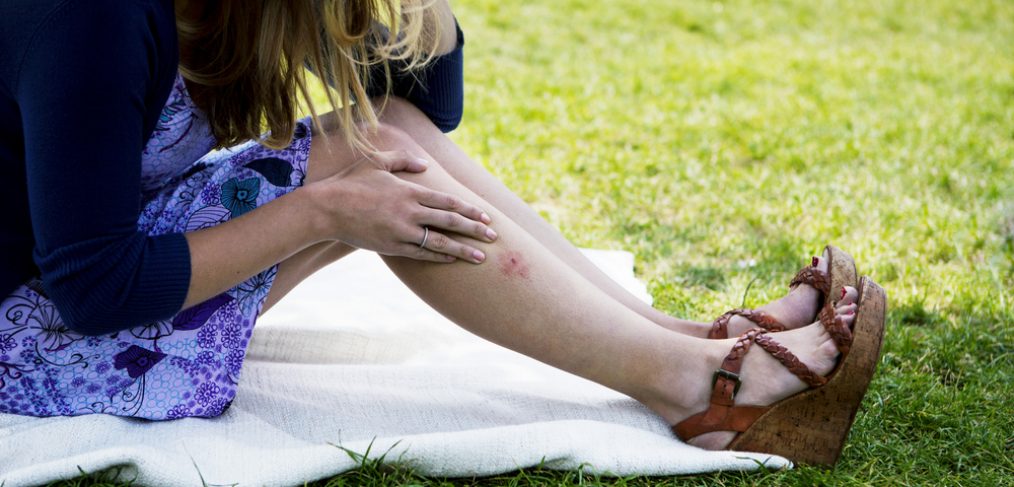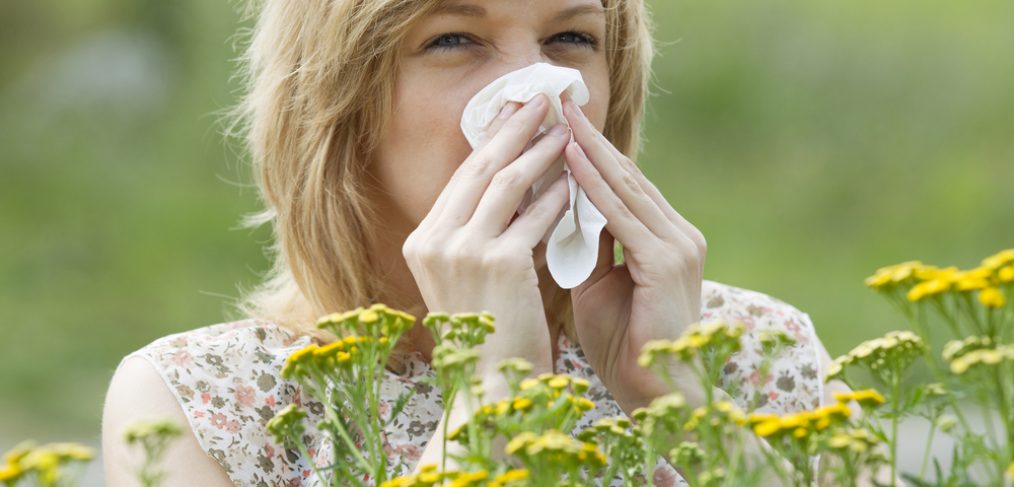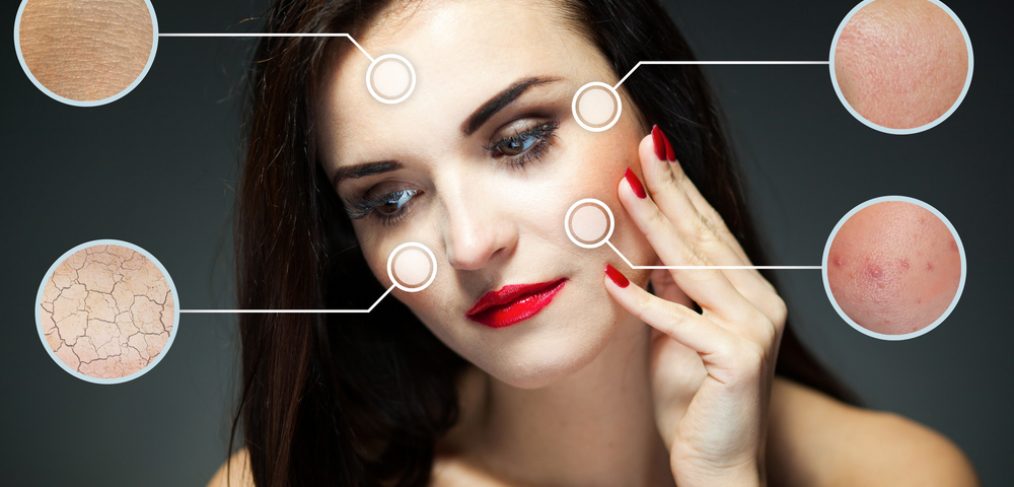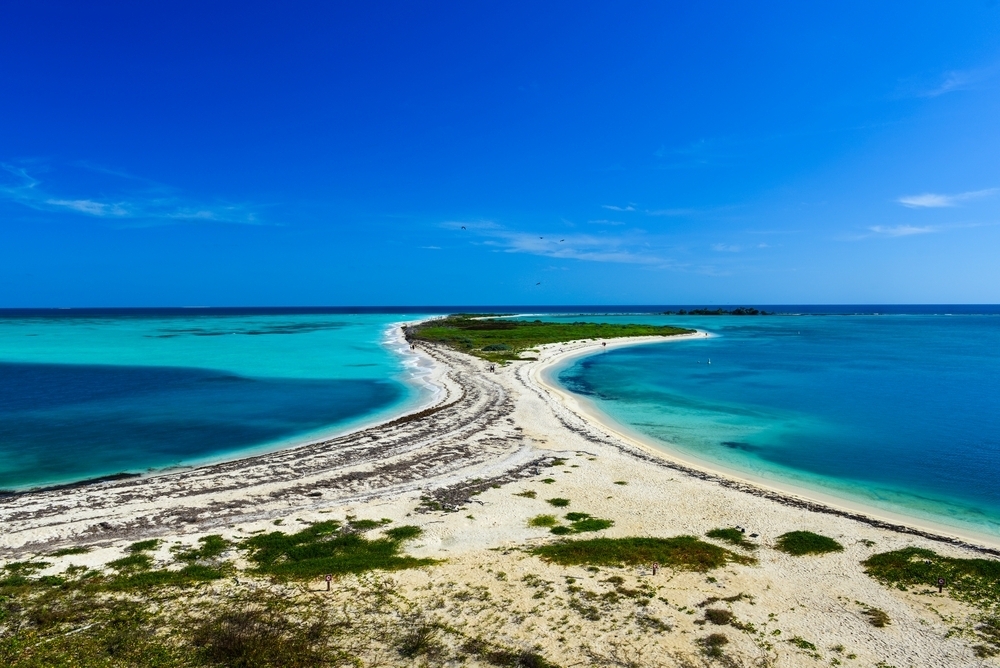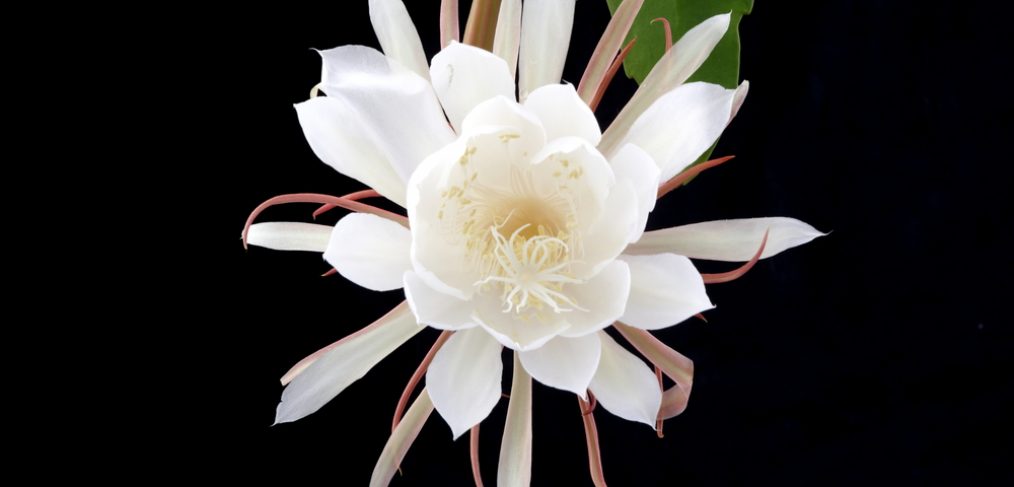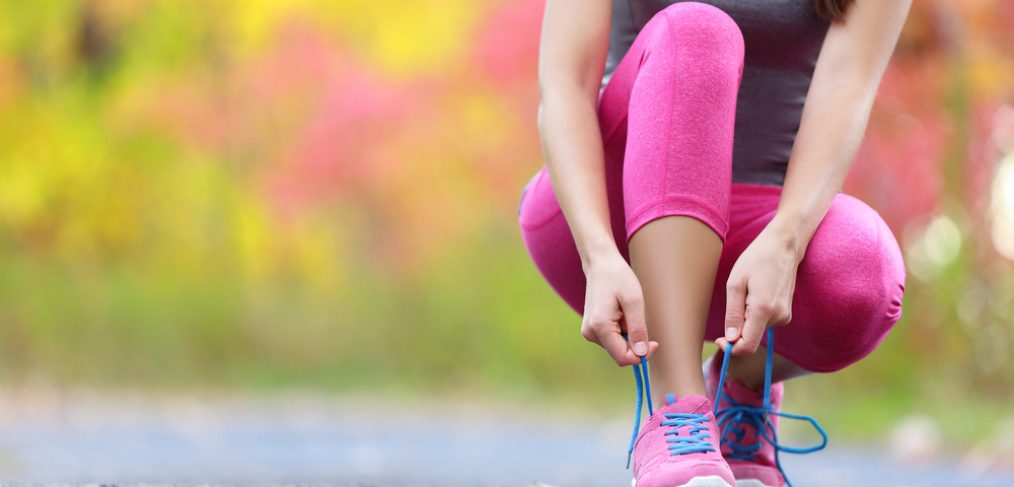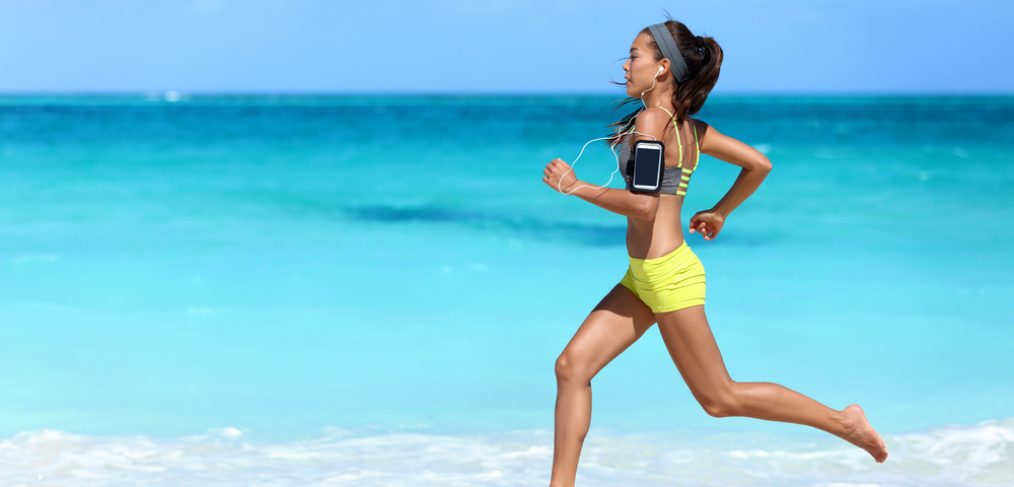Ah, hiking. The wonder of nature, the beautiful sunsets, the communing with nature, a time for solitude and reflection. A time for…..poisonous plants? That’s a buzz killer. How many have set off with the idealistic, romantic notions of transcendence, only to return with oozing blisters or nausea? Well, don’t be daunted, Nature Boy or Girl. An ounce of prevention is worth a pound of cure! Just be prepared and learn to recognize the culprits, so you too can come home as beautiful and comfortable as you deserve to be.
First, let’s discuss the most notorious of the toxic plants: poison ivy, probably one of the most infamous threats to the common hiker. But take heart! Contrary to popular belief, if you merely touch this plant, it does not necessarily guarantee an outbreak. This is because it is not the leaf of the ivy that is poisonous, but the sap, which is normally found only on the broken and bruised leaves. If you do not come into contact with the sap, you may be spared. Poison ivy can be identified by its three glossy,oval leaflets, ranging from 3/4″ to 4″ long. It tends to be green in the summer, but changes to shades of yellow orange and red in the fall.
If you are exposed, symptoms, unfortunately, are not pretty. (Did you imagine they would be?) Swollen, red, itchy skin and blisters can all pop up six hours to two weeks after exposure. Seek relief with calamine lotion, cool baths and antibiotics to prevent infection.
A close cousin to poison ivy, poison sumac is larger, ranging from five to twenty feet. It will appear in the summer bearing green leaves, green flowers and white fruit. In the fall, the plant will become very rich in color, with hues ranging from yellow to scarlet. (Sadly, as we are all too aware, it is often the most attractive ones that prove the most harmful). Avoid all contact with this pretty poison, just brushing up against it will bring the symptoms associated with poison ivy. Treat with antihistamines and oral and topical steroids.
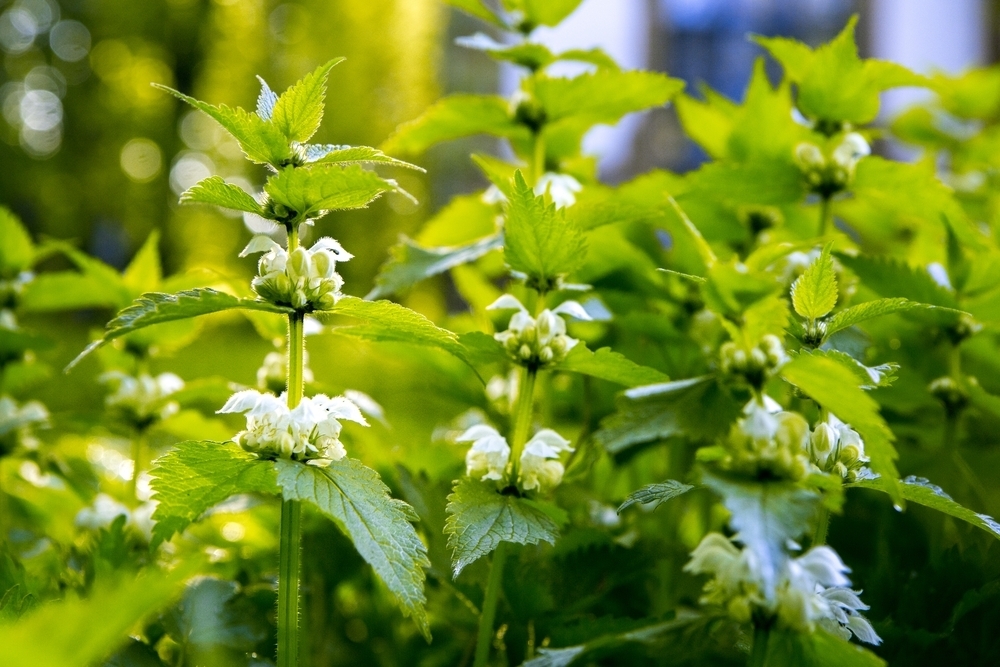
The Stinging Nettles. Is there a punk rock band by this name? Stinging nettles are as unpleasant as their name would suggest. Bearing triangular leaves which get smaller as they climb the stem, these plants grow from 3-6 and 1/2 feet tall and have leaves with linear bumps, but, the easiest way to identify them is by their green flowers, brown fruit and, you guessed it, stinging hairs. If these hairs break your skin, prepare for redness and severe itching. On the bright side, however, the symptoms are brief and can be effectively treated with a paste of water and baking soda.
Remember Socrates? The character from the history books who was always asking questions? Died from drinking hemlock juice? Well, unless you want to end up like him, avoid this dangerous plant. Although its flowers resemble parsnips or carrots , hemlock is probably the last thing you want to eat. If ingested, it can cause nausea, vomiting, confusion, muscle paralysis and respiratory problems. Head for the emergency room if this gets into your stomach.
But heroes and heroines of the outdoor, don’t let these evil plants keep you down! After all, where would Indiana Jones or Jane Goodall be today if they were scared of a little poison ivy? He who dares wins. So just put on those long pants and keep the first aid on hand and get out there! Knowledge is power!



